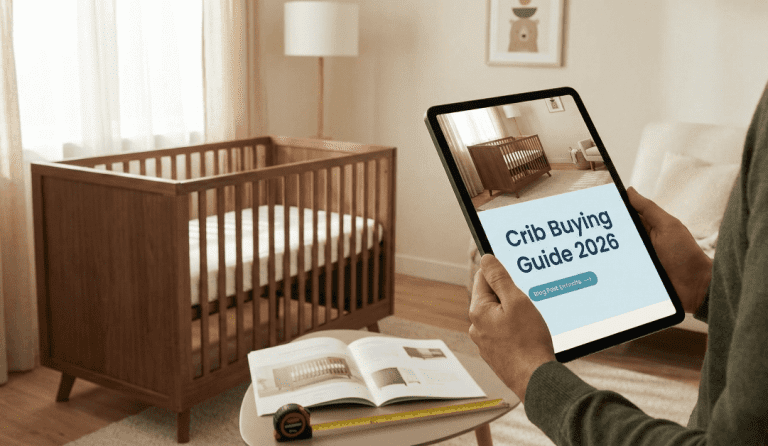Living Beautifully, One Day at a Time
Welcome to my little corner of the internet, where I share cozy ideas, everyday inspiration, and the simple things that make life feel a bit softer and more meaningful. Grab a cup of something warm and settle in.

The Ultimate Crib Buying Guide: How to Choose the Safe, Perfect Crib for Your Nursery (2026 Edition)
CribLatest travel tips
Discover quick, practical insights to make every trip smoother, more fun, and a little more effortless. Whether you’re planning a weekend getaway or a long escape, these tips will help you travel smarter and enjoy the journey.
All travel tipsThe Lifestyle Starter Bundle
Get my free Lifestyle Starter Bundle and jump into a curated mix of easy routines, home tips, wellness ideas, and gentle inspiration.
Grab the guide now!What’s trending
 Crib
Crib
The Ultimate Crib Buying Guide: How to Choose the Safe, Perfect Crib for Your Nursery (2026 Edition)
If you’re reading this at 3 AM, one hand scrolling through another crib buying guide while the other rests on your growing belly, you are not alone. I spent six months researching every baby crib buying guide online, joining seventeen parenting groups, and wondering: do I need to buy a crib that costs $1,000, or is the…





